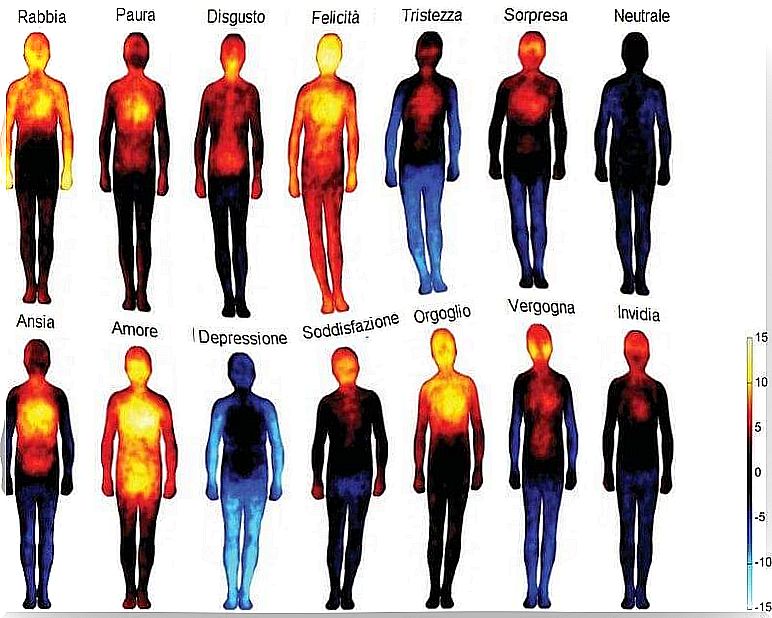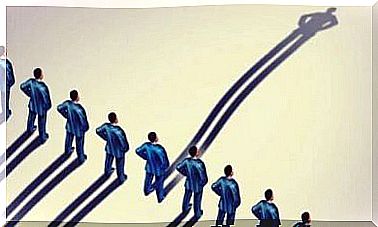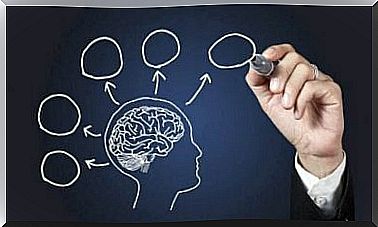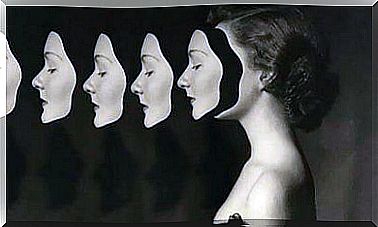The Map Of Human Emotions

Researchers from the University of Aalto in Finland have developed an interesting study on human emotions, which confirms something that, in one way or another, many of you will have already guessed.
Who has never experienced a feeling of anger in the stomach, like a painful knot, or a fear that makes our heart beat until it takes our breath away?
The interesting thing is that every feeling and every emotion seems to have a link with biology : from envy to sadness, from anger, to love, to anxiety. Let’s see it together!
The body and emotions
Having butterflies in the stomach, a broken heart, feeling the blood in the veins freeze… These are popular expressions that somehow already establish an association between mental states and bodily sensations.
According to scientists , emotions are meant to help us deal with certain situations in which we find ourselves involved. So, for example, when faced with a disappointment, a defeat or a loss, our brain releases a series of neurotransmitters that transmit the so common feeling of sadness. This forces us to isolate ourselves a little, looking for a space for personal reflection on what happened and how to overcome it.
In turn, the sensations have a link with our body, because body and mind work together to help us react. Anxiety, for example, upsets our organs, speeds up the heart and prepares us for movement and the search for answers.
Attraction, or even love, gives us a feeling of physical well-being that the brain perceives as pleasant. These are beneficial responses and therefore the body immediately feels better.
Scientists from the University of Aalto have found that the most common emotions in human beings (anger, sadness, happiness, fear, etc.) trigger the strongest bodily sensations. We all know it: that pain or pressure on the chest, the muscles that stiffen, the feeling of emptiness in the stomach… Furthermore, they signal that these physical sensations are universal in all cultures and ethnicities. Even in Asian populations, which are often perceived as more detached or “different” in the way they perceive emotions.
Of course, one thing is clear: we all feel the same emotions. What changes is the way we express them. In this context, in fact, everyone’s personality and cultural differences come into play. But we all feel disappointment in the same organs, and happiness activates everyone’s hearts in the same way.
The studies carried out by these researchers are based on the analysis of more than 700 people who reported in which parts of the body they felt the most intense sensations when they experienced a given emotion. The results showed that the zones were the same for everyone, and it was even possible to identify them with colors (as you can see in the image of the article): anger, fear, disgust, happiness, sadness, surprise, neutrality, anxiety, love, depression, contempt, pride, shame, envy.
It is particularly interesting that emotions such as happiness and love radiate throughout the body, while envy, for example, strikes a very limited point.
In any case, the map of emotions shows us something that you may have already guessed. Although we sometimes think that human beings are infinitely complex and indecipherable, in reality we all know what disappointment is or what it feels like to be happy. Positive emotions enrich us and negative ones hurt us, and can even lead to disease. Perhaps what these studies teach us is that we all share the same emotional map, regardless of our gender or culture.
Now we just have to take this into consideration, to understand that our actions can make others happy or unhappy. Perhaps knowing of the existence of a universal map of emotions will help us develop our understanding and empathy towards the emotions of others.









